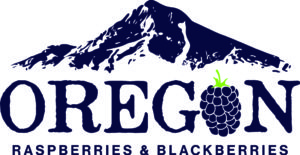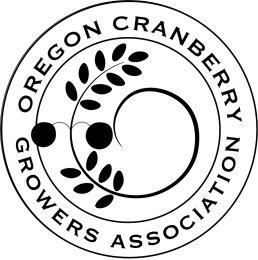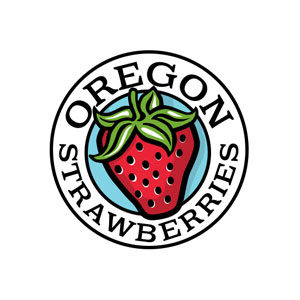Developing a Spray-Induced Gene Silencing (SIGS) method for the control of Grape Powdery Mildew (Erysiphe necator)
- Research Status: Project completed 2022

Laurent Deluc
Walter Mahaffee



The project aims to develop a methodology to turn off specific grapevine genes (susceptibility genes [MLO]) and Powdery Mildew-related genes essential for the pathogen’s life cycle. Since September 2021, the PI’s group has conducted experiments related to the project’s three objectives.
In Objective 1, we amplified the DNA regions of all MLO candidate genes from the clade V suspected to be associated with GPM resistance. We also amplified all the fungal genes from Erysiphe necator from which we synthesized Double-Stranded RNA molecules (dsRNAs). These dsRNAs were used for two in vitro preliminary bioassays (root soaking) to test their efficacy in inducing RNAi-mediated silencing of the MLO genes involved in the susceptibility to Grape Powdery Mildew (GPM). We observed an apparent disparity in the expression of target genes following the incubation with a mixed solution of dsRNA species. The incubation of dsRNA species related to VitviMLO3,4 genes did not result in any expression changes in the root tissues. We observed a slight but significant reduction in the expression of VitviMLO13 in the root tissues over the experiment. We found the most striking results for the gene expression of VitviMLO6 and VitviMLO13. Unexpectedly, we observed a massive accumulation of both mRNA as early as Day 3 to a four-degree order magnitude compared to the gene expression level of control plants in both roots and leaf tissues. We believe this increase for both genes was caused by the initiation of a second PTGS pathway associated with inhibiting the translation instead of the expected degradation of the target mRNA. For Objective 2, we validated the uptake of fluorescent-labeled dsRNA in young in vitro microvine roots. The confocal microscopy indicated the presence of dsRNA molecules in the vascular bundle of fresh young roots, suggesting the dsRNA species’ likely transport toward the plants’ upper parts.
The silencing observed for VitviMLO6 and 17 indicates the likely movement of the dsRNA from the roots to the upper part of the plants. Objective 3 was designed to test the efficacy of Nanoclay particles (Layered Double Hydroxide [LDH]) as carriers to protect dsRNA at the leaf surface and facilitate their uptake in the plants following foliar application. After experiencing several issues in their synthesis, we were able, following a few modifications, to synthesize LDH at the appropriate particle size with adequate zeta potential for facilitated internalization of the dsRNA species. We are exploring new methodologies to optimize the LDH synthesis, including the synthesis in an N2-enriched environment. Tests in plantaare currently underway on leaves of grapevine greenhouse plants to test 1) the efficacy of LDH to protect the dsRNA, 2) to validate the systemic silencing of LDH::siRNA targeting the expression of GFP in transgenic GFO microvine plants, and 3) to test the silencing the VitviMLO6,13, and 17 dsRNA on the MLO genes on leaves challenged with Erysiphe necator.
Deluc Laurent (2020) RNA interference in the vineyard for crop protection of Grape Powdery Mildew Oregon Wine Research Institute Vine to Wine Newsletter.
NCSFR – December 14-16, 2020 – Virtual – Developing a Spray-Induced Gene Silencing (SIGS) method for the control of Grape Powdery Mildew (Erysiphe necator).
NCSFR – December 13-15, 2021 – Corvallis, USA – Developing a Spray-Induced Gene Silencing (SIGS) method for the control of Grape Powdery Mildew (Erysiphe necator)
OWRI Grape Day – May 18, 2021 – Virtual – Developing a Spray-Induced Gene Silencing (SIGS) method for the control of Grape Powdery Mildew (Erysiphe necator)
ASEV National Conference – June 21-24, 2021 – Virtual – Developing a Spray-Induced Gene Silencing (SIGS) method for the control of Grape Powdery Mildew (Erysiphe necator)
ISGPB International Conference – October 31 – November 4, 2021 – Virtual – Developing a Spray-Induced Gene Silencing (SIGS) method for the control of Grape Powdery Mildew (Erysiphe necator).
ASPB – July 9 – 13th – In person – Developing a Spray-Induced Gene Silencing (SIGS) method for the control of Grape Powdery Mildew (Erysiphe necator).














